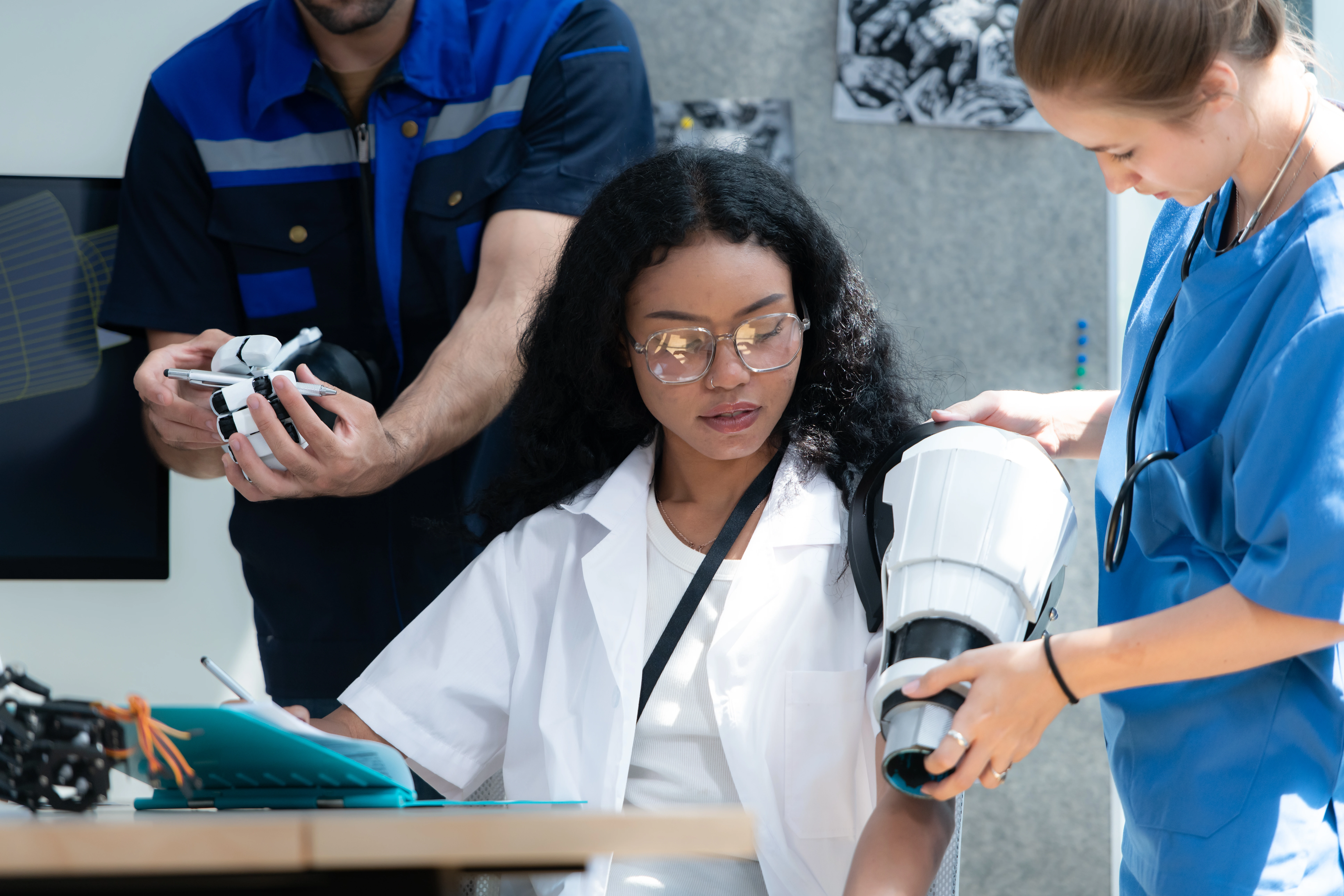At present, cutting-edge innovations in technology are bringing in a revolution in healthcare systems, and one of the most promising among them that is driving this revolution is Digital Twin technology.
This technology is playing a major role in shaping how medical professionals approach patient care in recent times. Imagine a virtual model of a patient that can predict health risks, optimize treatment plans, and improve hospital operations. That’s exactly what the Digital Twin for healthcare systems aims to achieve
Understanding Digital Twin Technology in Healthcare
In precise terms, a Digital Twin is a real-time virtual model driven by data that replicates physical entities. To be clearer, in healthcare, this means creating digital counterparts of patients, medical devices, or entire hospital systems so as to let these models allow medical professionals to test treatment plans, predict outcomes, and optimize operational efficiency without any risk to real patients
The Pros of Digital Twin in Healthcare Industry
The very existence of Digital Twin is causing a highly notable revolution in healthcare systems with several practical applications of this technology in the following ways:
1. Personalized Treatment Planning: Digital Twin helps doctors in a massive way in the sense that this technology allows them to figure out how different treatments would work for a patient before administering them. For example, in the segment of cardiology digital replicas of a patient’s heart are being used in order to predict the risk of arrhythmias after a heart attack.
2. Surgical Training & Simulation: The technology of Digital Twin also allows surgeons to practice complex procedures on digital models thereby reducing risks and improving precision before finally operating on real-life patients.
3. Predictive Maintenance of Medical Equipment: Hospitals can now use Digital Twin to monitor medical devices, predict failures, and also schedule maintenance before an issue arises, thus making sure that the patient’s care remains absolutely uninterrupted.
The use cases, benefits of healthcare digital twin extend far beyond just simulations. Some key benefits include:
1. Improved Patient Outcomes: By analyzing real-time data, doctors can make better decisions that specifically suit individual patients.
2. Operational Efficiency: Hospitals can optimize workflow, predict resource needs, and reduce patient wait times.
3. Cost Reduction: Preventative healthcare becomes more efficient, reducing unnecessary hospital visits and expensive treatments.
Digital Twin in Healthcare - Challenges and Trends
The global market for Digital Twin in healthcare is expanding rapidly. According to recent research, the market was valued at approximately $1.3 billion in 2023 and is projected to grow at a staggering 42.6% CAGR from 2024 to 2032.
Regardless of its high potential, using Digital Twin in healthcare comes with many obstacles. Data privacy and cybersecurity remain major concerns as these models rely on vast amounts of patient data. Additionally, merging Digital Twin with existing healthcare infrastructure requires substantial investment and technical expertise.
Digital Twin technology is not just a futuristic concept because it is already making a real impact on healthcare. From personalized medicine to efficient hospital operations, the technology is set to drive a major revolution in healthcare systems. While challenges remain, ongoing advancements in AI, big data, and cybersecurity will continue to refine Digital Twin applications, making healthcare more efficient, precise, and proactive.
Future Trends and Innovations
As technology evolves, virtual try-on systems are becoming more sophisticated. The integration of artificial intelligence (AI) allows systems to recommend furnishings based on a customer’s preferences and room dimensions. Additionally, advances in photorealistic rendering and real-time AR tracking are making furniture shops with virtual try-on experiences even more seamless and lifelike.
Moreover, the adoption of WebAR, which enables AR experiences directly within web browsers, is making virtual try-on systems more accessible to users without requiring dedicated apps.
3D modeling services are at the heart of the furniture industry’s digital transformation. By powering virtual try-on systems, they provide customers with a convenient and engaging shopping experience while offering retailers a competitive edge. As the technology continues to advance, it is poised to become a standard feature in furnishing retail, reshaping the way people shop for their homes.
If you would like to integrate a 3D furniture configurator for your online movables store, then you can contact KiXR for a quote.
Kavita has been adept at execution across start-ups since 2004. At KiKsAR Technologies, focusing on creating real life like shopping experiences for apparel and wearable accessories using AI, AR and 3D modeling


